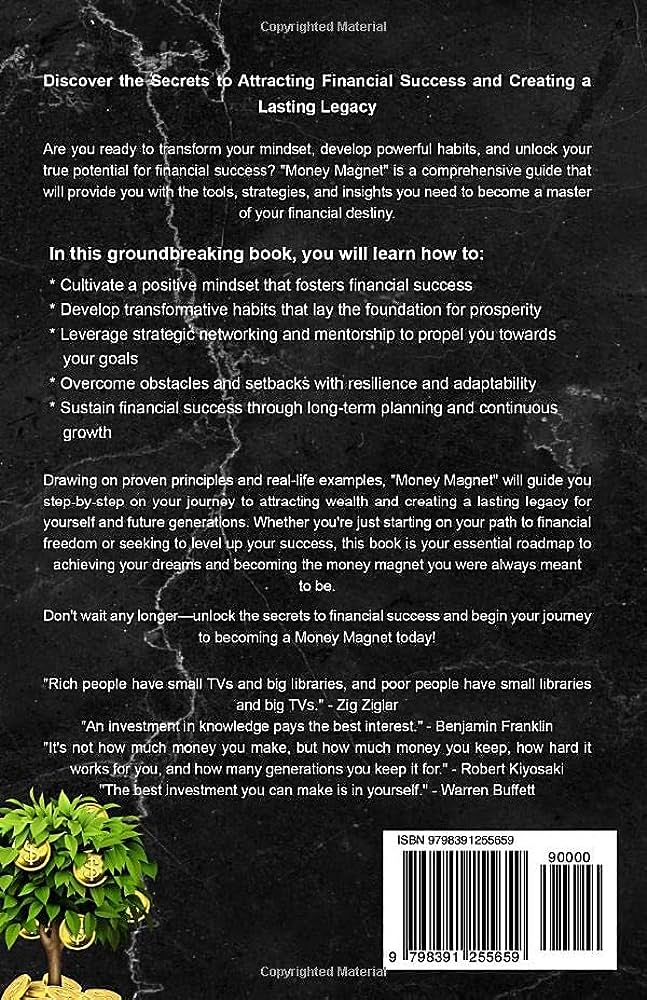In the world of modern finance, Contracts for Difference (CFDs) have become a powerful tool for traders seeking exposure to a wide range of markets without owning the underlying asset. Leveraged CFD trading offers the potential for significant returns, but it also amplifies risk.
For traders, understanding risk management is not just a recommended practice—it is essential to preserving capital and sustaining long-term success.
Understanding CFDs and Leverage
Before delving into risk management strategies, it is crucial to grasp the fundamentals of CFDs. For many traders, exploring the CFD meaning in trading can clarify how these instruments function. Essentially, a CFD is an agreement between a trader and a broker to exchange the difference in the value of an underlying asset from the time the contract is opened to when it is closed.
Leverage allows traders to control a larger position with a smaller initial investment. While this can magnify profits, it also magnifies losses. Even a small adverse market movement can lead to significant losses if positions are not managed carefully. This dual-edged nature makes risk management indispensable for anyone engaging in leveraged CFD trading.
The Importance of Risk Management
Risk management in CFD trading is about protecting your capital while taking calculated positions. Unlike traditional investing, where long-term strategies may smooth out volatility, leveraged CFDs can produce rapid gains or losses. Without a disciplined approach, a single trade can wipe out a large portion of an account. Effective risk management techniques help traders survive market fluctuations and maintain the flexibility to capitalise on future opportunities.
A structured approach to risk management starts with defining acceptable levels of loss on each trade. Many professional traders use a percentage-based rule, often risking no more than 1–2% of their total account on any single position. This method ensures that even a series of unsuccessful trades will not decimate the overall portfolio.
Position Sizing and Capital Allocation
A critical aspect of risk management is determining appropriate position sizes. Leveraged trading may tempt traders to take excessively large positions relative to their account balance. By calculating position size based on risk tolerance and stop-loss levels, traders can better manage potential losses.
Capital allocation should also reflect diversification principles. Spreading investments across different instruments or sectors can reduce exposure to any single market event. Even within the CFD space, trading different asset classes—such as equities, commodities, and indices—can help balance risk and reduce volatility in the overall portfolio.
Stop-Loss Orders and Risk Mitigation Tools
Stop-loss orders are fundamental tools for controlling risk in leveraged CFD trading. By setting predefined exit points, traders can limit losses and protect capital in volatile markets. It is essential to place stop-loss levels based on market analysis rather than arbitrary figures. Factors such as technical support and resistance levels, volatility, and market trends should inform stop-loss placement.
In addition to stop-loss orders, advanced traders often use take-profit orders and trailing stops to lock in gains while allowing positions to run in favourable conditions. These tools help create a structured trading environment where emotions are minimised, and decision-making is driven by strategy rather than impulse.
Monitoring Market Conditions
Effective risk management requires continuous monitoring of market conditions. CFD markets can move rapidly due to economic announcements, geopolitical events, and unexpected news. Traders must remain aware of these factors and be prepared to adjust positions as conditions evolve.
Regular analysis of both fundamental and technical indicators can guide decision-making. Fundamental analysis evaluates economic data, company performance, and market sentiment, while technical analysis examines price patterns, trends, and volume. Combining these approaches provides a comprehensive view, enabling traders to make informed adjustments to mitigate risk.
Psychological Discipline in Risk Management
Even the most sophisticated risk strategies can fail if psychological discipline is lacking. Emotional trading often leads to chasing losses, over-leveraging, or abandoning well-planned exit strategies. Traders must cultivate patience, consistency, and self-control to adhere to risk management rules.
Maintaining a trading journal can support psychological discipline. Recording trades, strategies, outcomes, and thought processes helps identify patterns of behaviour and areas for improvement. Over time, this practice strengthens decision-making and reinforces disciplined trading habits.
Leveraging Education and Resources
Knowledge is a trader’s most powerful ally. Learning the intricacies of leveraged CFD trading and understanding the tools available for risk management is crucial. Educational resources, webinars, and practice accounts allow traders to develop strategies, test assumptions, and build confidence without risking substantial capital.
Understanding the CFD meaning in trading and exploring tutorials on risk strategies provides a foundation for making informed decisions. By investing time in education, traders can approach leveraged trading with a balanced perspective, combining ambition with prudence.
Conclusion
Risk management in leveraged CFD trading is not a luxury—it is a necessity. From understanding the basic mechanics of CFDs to implementing stop-loss strategies, position sizing, diversification, and maintaining psychological discipline, each element contributes to preserving capital and sustaining long-term trading success.
Leverage amplifies both opportunity and danger. Without a systematic approach to managing risk, traders may find that potential rewards are overshadowed by significant losses. However, by combining education, discipline, and strategic planning, traders can navigate volatile markets confidently and increase their chances of achieving consistent results.















